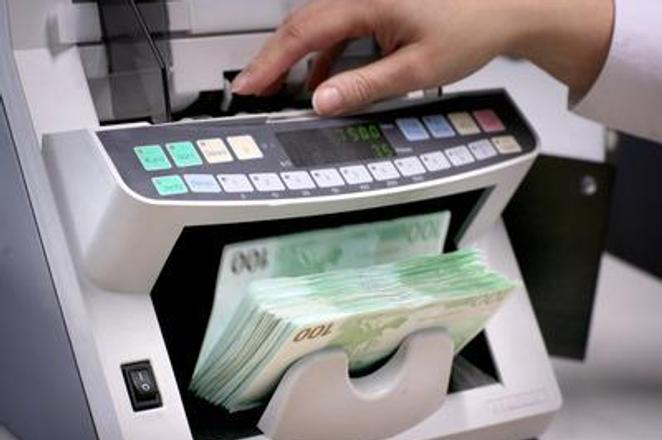The return on banks’ assets in the CEE region in 2006 to 2008 was on average 2 percent; while between 2010 and 2014, it was 1.4 percent, according to the study. In 2015 and 2016, it should fall to 0.8 percent, with the situation in Russia having the biggest impact on the return on assets.
In the CEE, about two-thirds of total revenues in this sector is net interest income, i.e. traditional banking fees. “Due to pressure on the margins, it will be necessary to focus on alternative sources of income – fees and commissions, and to increase the profit potential of banks,” head of the CEE division of UniCredit, Carlo Vivaldi, said on May 14, as quoted by the TASR newswire. The crucial product for banks will be loans, according to UniCredit.
“We are expecting moderate lending growth in line with the economic recovery in the region,” said Mauro Giorgio Marrano, deputy head of CEE Strategic Analysis.
In the CEE region, lending should grow at a pace of 5.1 percent this year, and 7.8 percent next year, according to him. However, the rate of the increase will differ markedly among individual states. The share of non-performing loans shall remain in 2015, for CEE, at a relatively high level. Apart from loan products, also offering alternative services will be important for banks.
“Corporate customers will in the future fuel greater demand for non-traditional financing,” Vivaldi added. “With private customers I see potential particularly with asset management services.”
The UniCredit analyses also imply that the net financial wealth of households in the CEE region is still below the level of German, Austrian or Italian households; and is being invested in rather simpler products. The bank expects, however, that the growth of households’ property will increase the demand for wealth management services.


 (source: Sme)
(source: Sme)